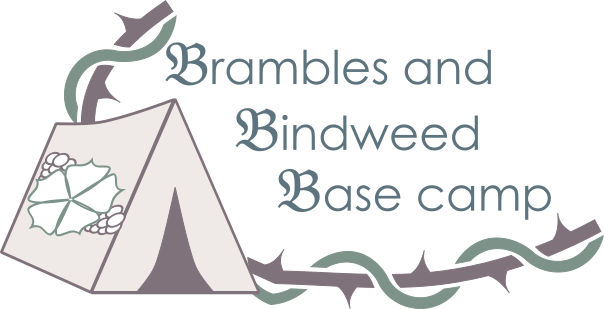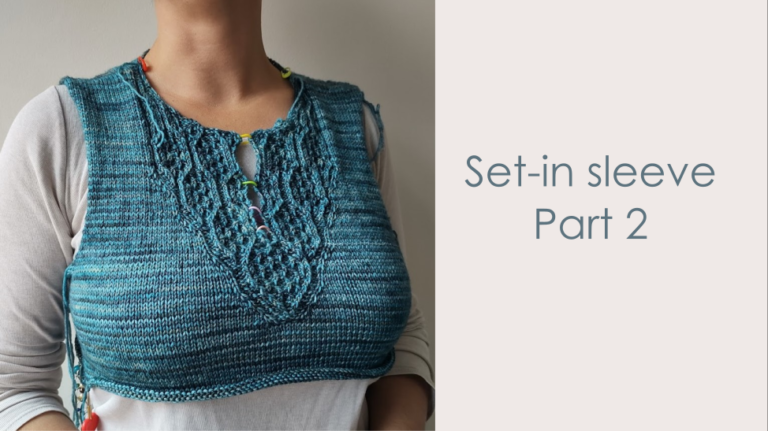The Turkish Cast-On is a relatively simple cast-on for knitting. It allows you to start knitting in the round, but with an enclosed end. Think the start of toe-up socks, or maybe the top of a mitten or hat. It avoids the need for grafting or seaming.
Here’s how to work it:

Step 1:
You will need either double pointed needles, or two circular needles, or one large circular needle working with the magic loop technique. Here, I’ll use double pointed needles.
Place the needles next to each other and bring the yarn from the back to the front, between the two needles. Alternatively, you can start with a slip knot on the bottom needle.
Step 2:
Wind the yarn around the needles. Pay attention to the direction: you want to come over the top from the back, down in front of both needles, then up behind them. This ensures the correct stitch mount for the stitches you are casting on. Wind the yarn around for half the number of stitches required – for instance, if you need 12 stitches, wind the yarn 6 times. Make sure you complete the last loop by taking the yarn to the back.

Step 3:
Knit across the stitches on the top needle. You may want to pull the top double pointed needle back to give yourself room, or pull the bottom needle through to the cable if using circular needles.Step 4:
Rotate your work so that the bottom needle becomes the top needle. If you are working with circular needles, organise your needles so that you can begin to work across these bottom stitches.


Step 5:
Knit across the remaining stitches. If you began with a slip knot, this is not counted as a stitch. Do not work it, instead simply slip it off the needle at the start of the row.And that’s the Turkish Cast-On complete. I hope you found this how to helpful, and wish you many successful projects using this technique.


